“Professor Nandor Glid is one of the most prominent Yugoslav sculptors of the post-World War Two period recognized the world over owing to the accolades he received for his monumental memorials dedicated to Holocaust victims mounted in Mauthausen, Dachau, Yad Vashem, Belgrade, and Thessaloniki, and for his monuments dedicated to fallen antifascist fighters mounted throughout the former Yugoslavia”
Online Gallery
DACHAU- WE SHALL NEVER FORGET
“Acting upon a recommendation of the International Committee of Mauthausen, the Association of Veterans of the National Liberation War of Serbia, together with the Yugoslav section of the Association, on 18th July 1957 announced a contest for a monument to be mounted in that death camp. In less than a year, on 11th May 1958, the monument was ceremonially unveiled: Nandor Glid’s bronze relief, size 7.65 x 2.18 yards, was placed on the front end of three blocks of white marble from Venčac, reminiscent of a sarcophagus, upon which shadows of the branching-out sculpture were reflected, as if in dialogue with space. The inscription To Yugoslav Victims in Mauthausen 1941–1945. The Grateful Peoples of Yugoslavia is a warning. The very idea of inviting young, progressive, almost revolutionary sculptors to participate in the contest pointed to the readiness of the organizers to step out of the circle of stereotyped monuments that were erected immediately after the Second World War and the National Liberation War as a direct message of the power of the authorities and to commemorate the victory of soldiers, peasants, and workers.”
Prices for artwork do not include credit card charges, taxes or shipping, which is added at checkout and once shipping prices are confirmed.
About Nandor's Work
Born on 12th December 1924 in Subotica, to father Armin, a butcher, and mother Ema Hajduška, a housewife. in 1940, Nandor learns the stonemason’s trade in Subotica, following which he practices the trade in
Subotica and Budapest (for six months). His first encounter with sculpture.
In April of 1944, his father is interned; in May, Nandor is sent to Szeged for enforced labor; in July, his sister Margita is taken to a work camp, and his parents are deported and subsequently liquidated in the Auschwitz concentration camp; in October, Nandor joins the 8th Vojvodina strike brigade as a volunteer and immediately participates in combat near Batina. In 1948 Nandor wins the first prize for his sculpture Portrait of a Student at the festival exhibition of students and pupils of art schools of Yugoslavia. He is allowed to enter the 3rd year of studies at the Department of Sculpture of the newly established Academy of Applied Arts in Belgrade
1950 - Receives the first prize of Belgrade University for sculpture.
1958 - Completes two monuments: on 11th May, the monument To Yugoslav Victims in Mauthausen 1941–1945. The Grateful Peoples of Yugoslavia is ceremonially unveiled, and in Zavala (Popovo Polje), he mounts Monument to Fighters Fallen for the Freedom of Their People (pulled down during the 1990’s wars).
1959 -Participates in the international contest for a monument to victims of the Dachau camp
1968 - On 8th September, his monument is ceremonially unveiled in Dachau (the Federal Republic of Germany) under the title of International Monument 1933–1945.
1970 - Creates the busts of President J. B. Tito for the Association of Music Authors of Yugoslavia in Belgrade, and of Vaso Smajević for Vladičin Han.
1973 - Makes the monument To Jews – Victims of Fascism, and a monument for the tomb of the Pereira family, both mounted in the Jewish Cemetery in Split.
1978 -Travels to Israel and works on a sculpture for Yad Vashem in Jerusalem – a variant of the monument in Dachau.
1979 - On 24th April, his monument Memorial to Victims of Concentration Camps and Death Camps is ceremonially unveiled in Yad Vashem, on Memorial Hill in Jerusalem. Elected Chairman of the Council of the University of Arts.
1985 - Elected Rector of the University of Arts in Belgrade.
1991 - Receives the October Award of the City of Belgrade for Menorah in Flame; he delivers a speech expressing gratitude on behalf of all the recipients. Makes the monument Pit, dedicated to Ustashi victims in Koritska Pit, located between Gacko and Bileća.
1997 - Dies on 31st March in Belgrade. On 23rd November, Menorah in Flame II, a monument to the Jews of Thessaloniki, victims of the Holocaust, is unveiled in Thessaloniki; Nandor had not managed to finish it, and so his sons Daniel and Gabriel completed it.
Nandor Glid Live
“The artist must be the conscience of his time. If he is a chronicler of his time, the artist finds his inspiration in wartime and in peacetime. But human destiny, man as a living being, faces greater challenges in wartime, so that moralist art, in its essence, must focus on suffering to a greater extent than on joy. And as such, it serves the future: how much more intense the joy would be if it had not been for suffering, torments, wars…”
Dachau Concentration Camp Memorial Site
Menorah in Flame
Opening in Belgrade (Yugoslavia) and Thessaloniki (Greece)
Yad Vashem Museum
Jerusalem, Israel
Studio Visit
“The fact that I became a sculptor was determined by a succession of factors, first of all, the difficult living conditions of my family...on account of bad marks, I left school in the third form, and since there was a numerus clausus applying to Jews before World War Two, my father almost accidentally sent me to learn the stone mason’s craft. That is where I established an interest in shaping things, even though I always wanted to become a doctor.”
ABOUT NANDOR GLID
Glid was a Holocaust survivor who had been a forced laborer and partisan during the war and whose father and most of his family were murdered in Auschwitz.
Take a look at a movie about Nandor Glid, Produced by Helmut Meeves, German film director
from an interview WITH NANDOR’s SON, GABRIEL GLID
Q: How did you develop your photography in capturing the human form?
A: I am in love with the abstract. My first photographic passion was using a macro lens to photograph the minuscule unseen treasures of the world we casually walk past every day. The two elements of macro photography that truly fascinated me were texture and form. Eventually I discovered the immense possibilities of working with the human figure and began focusing my attention on using the body as a medium.






















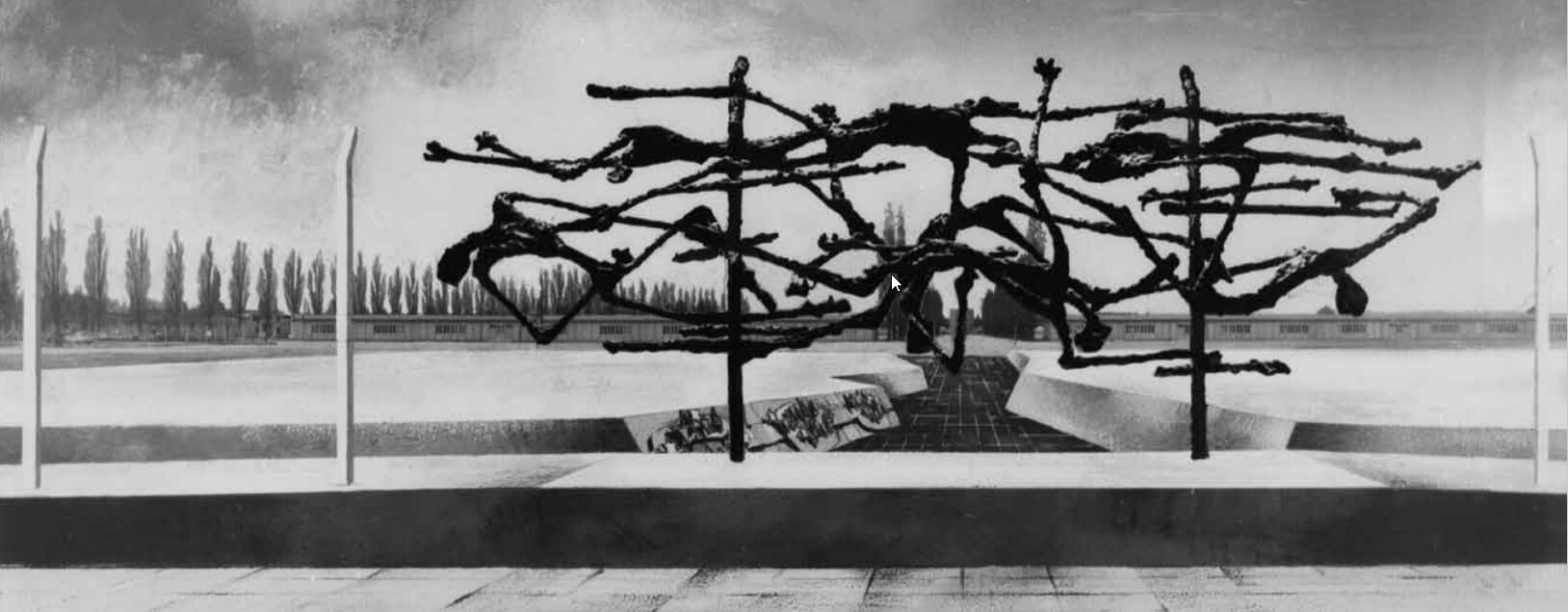
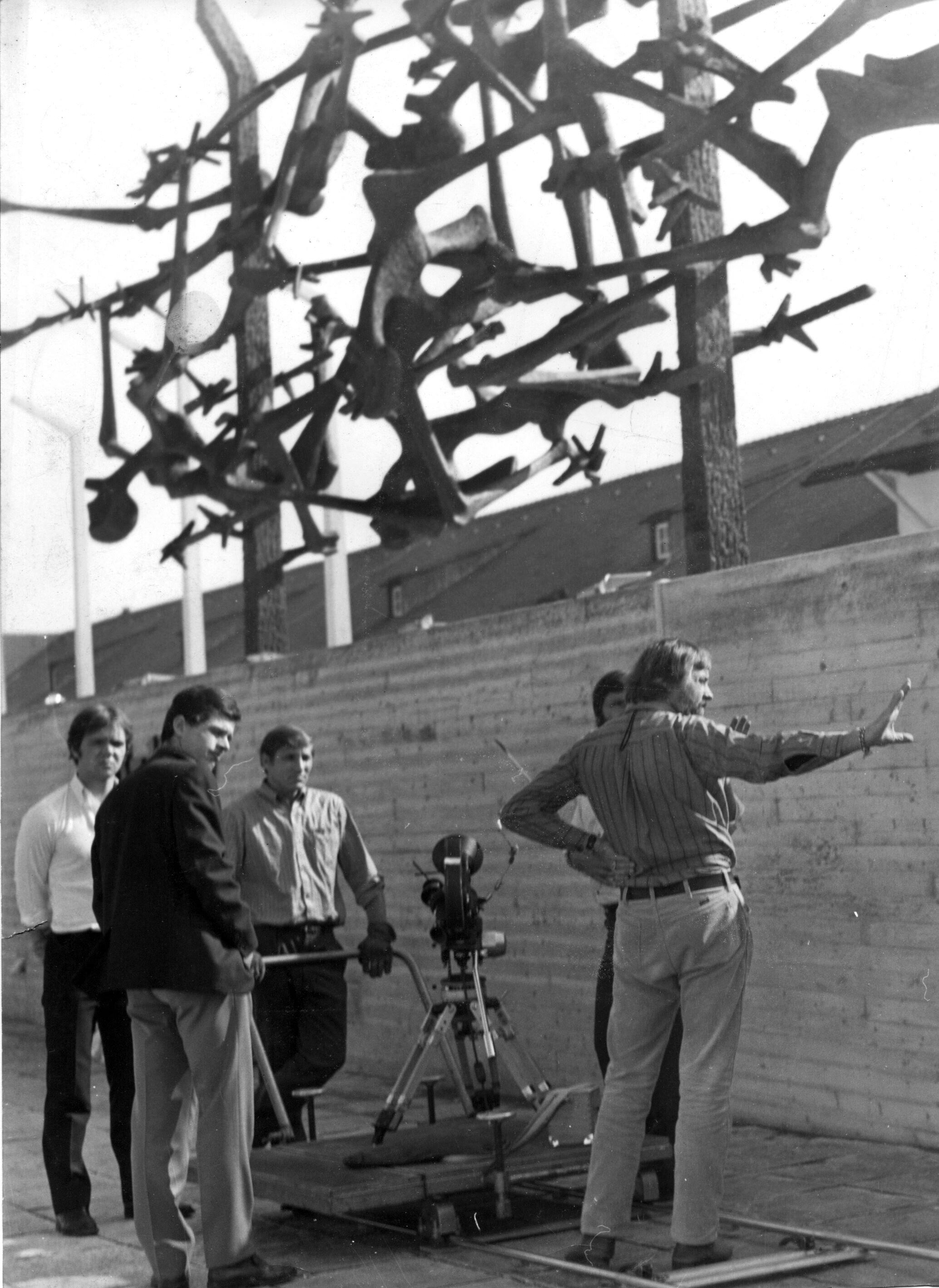
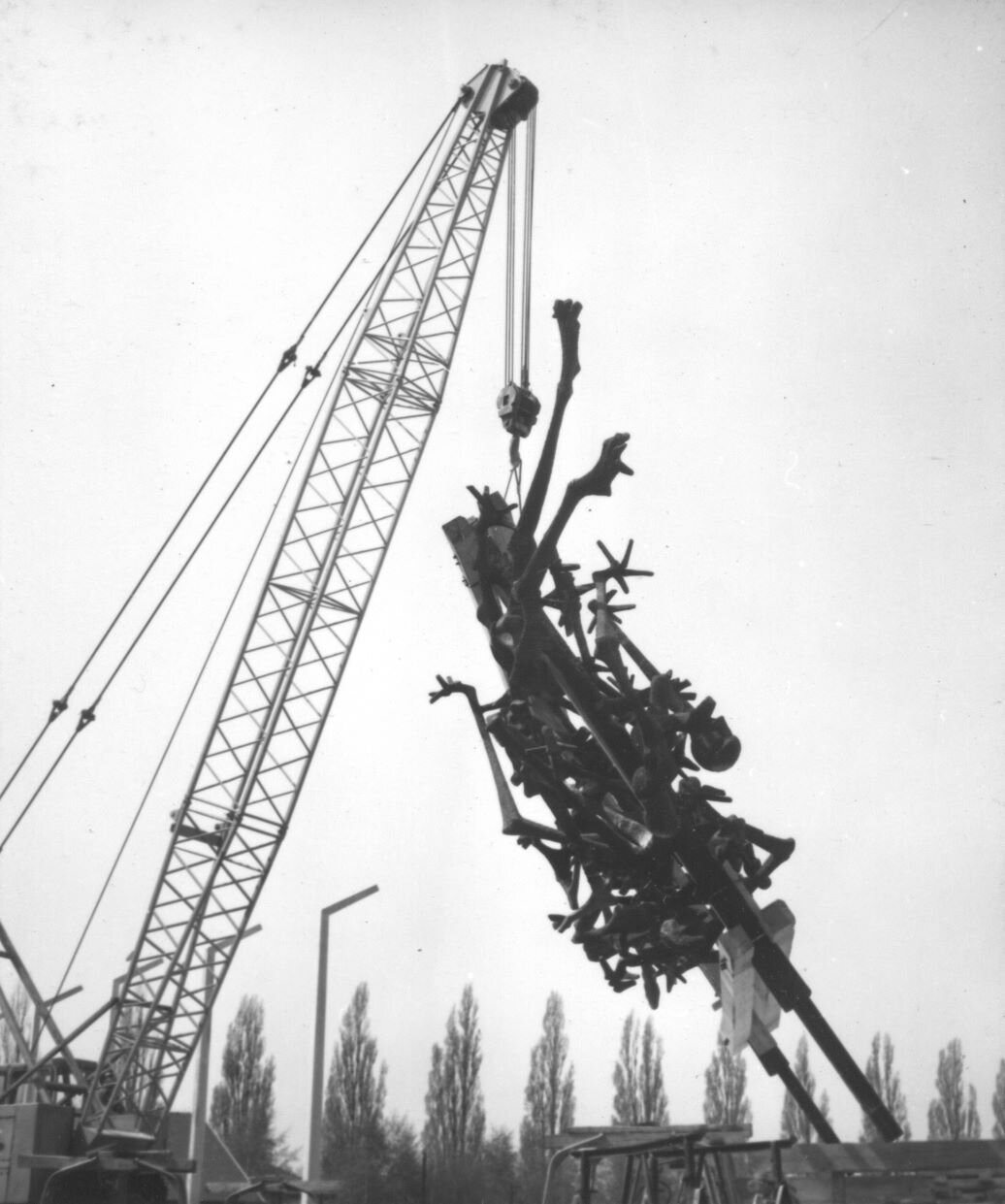
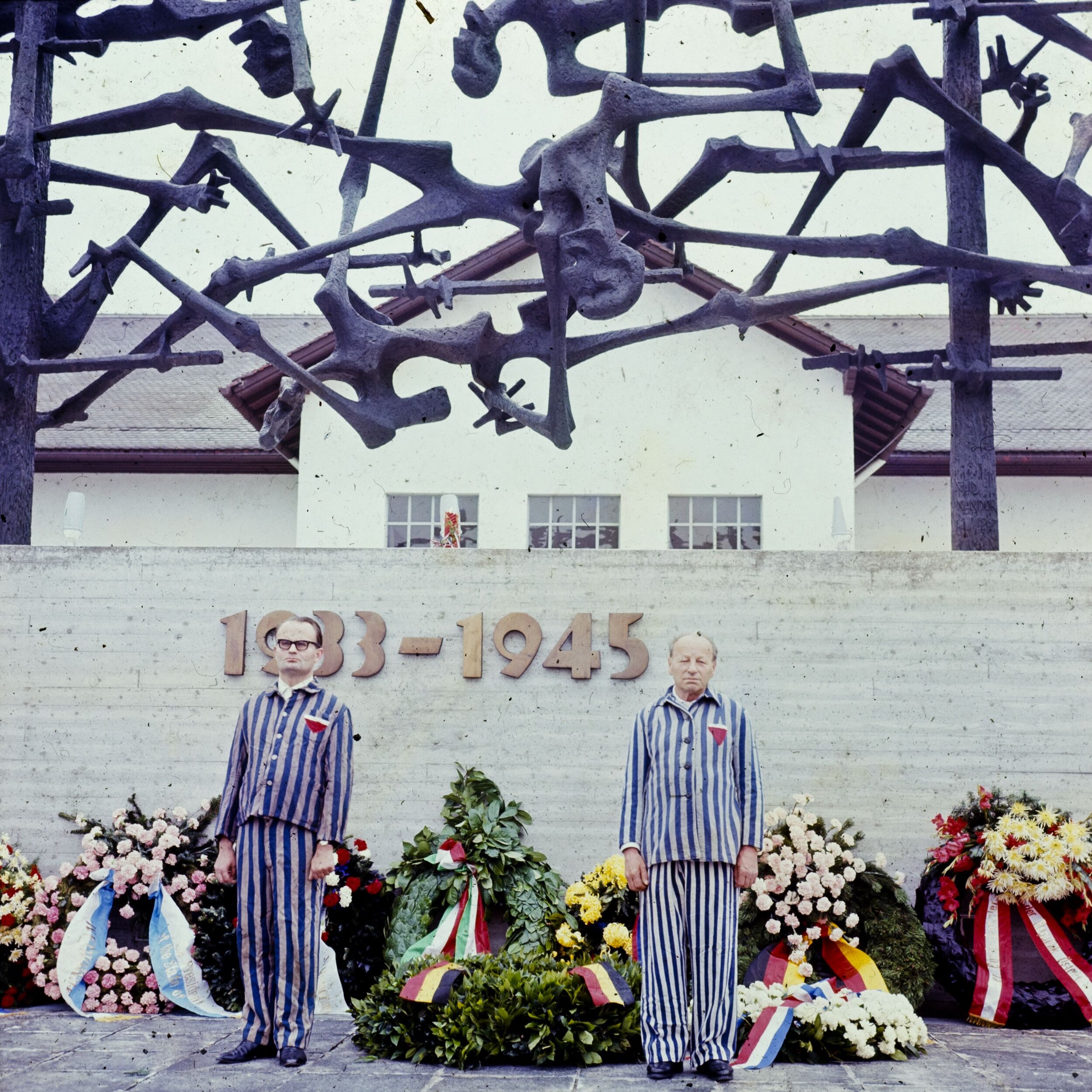
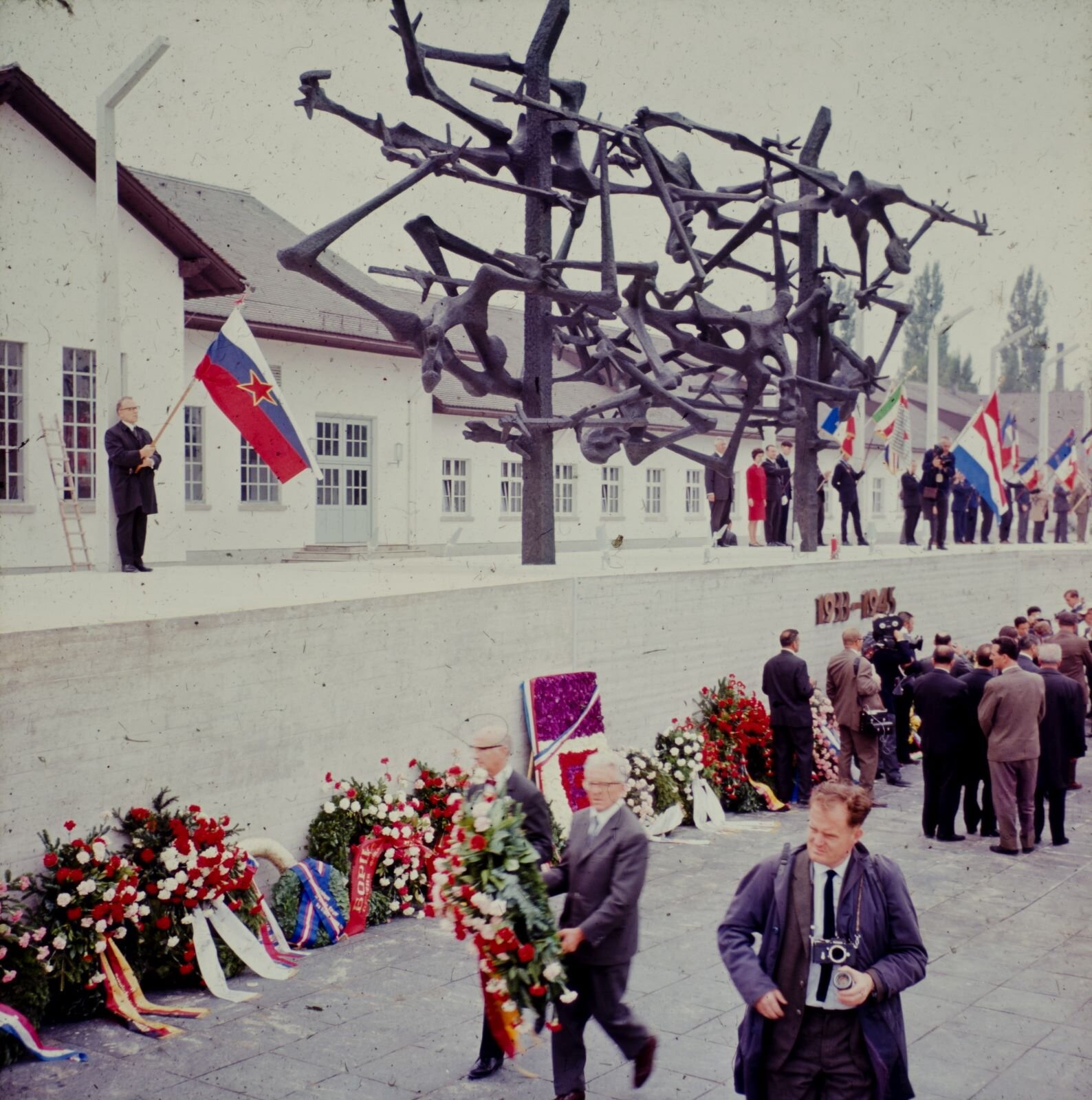



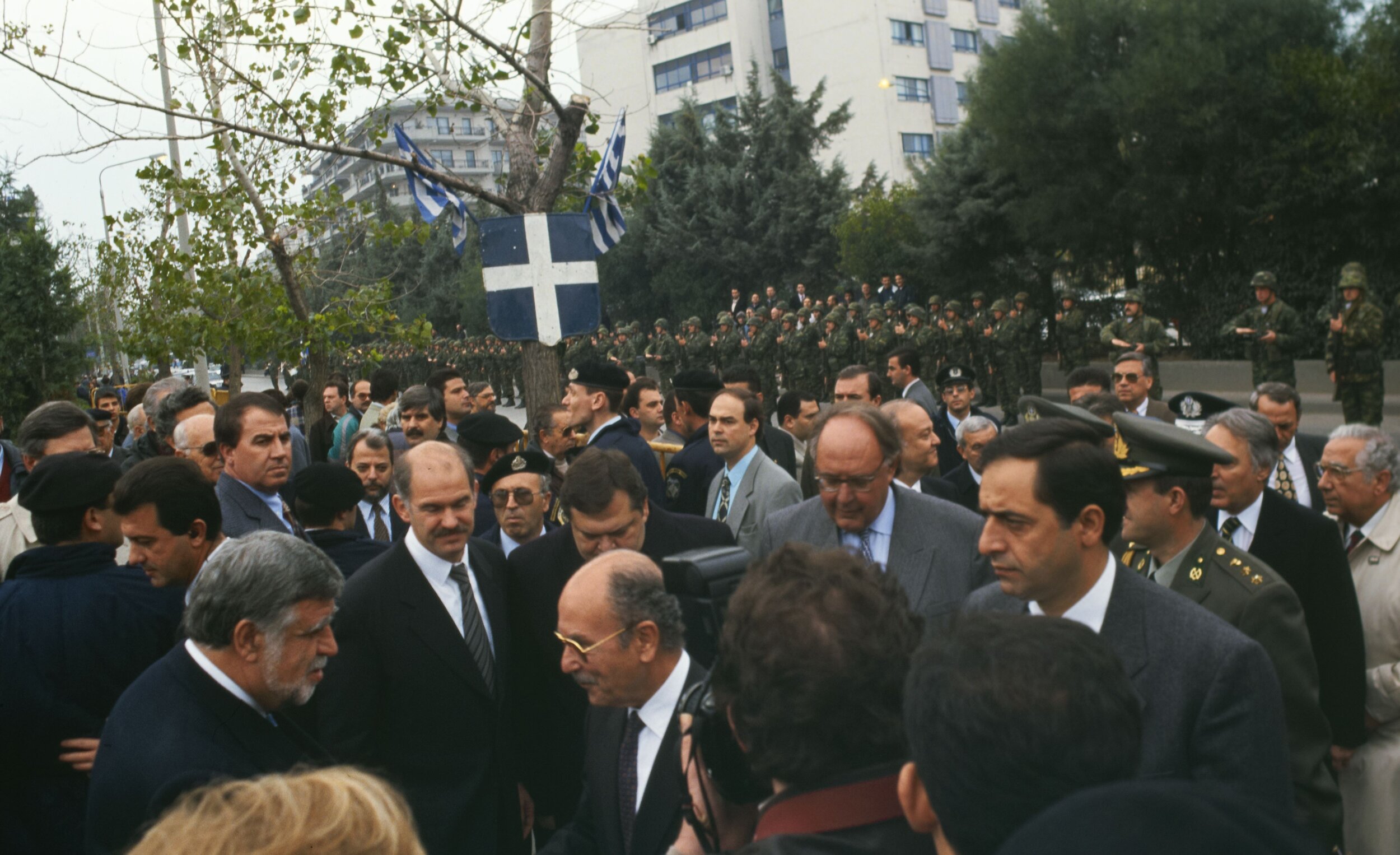
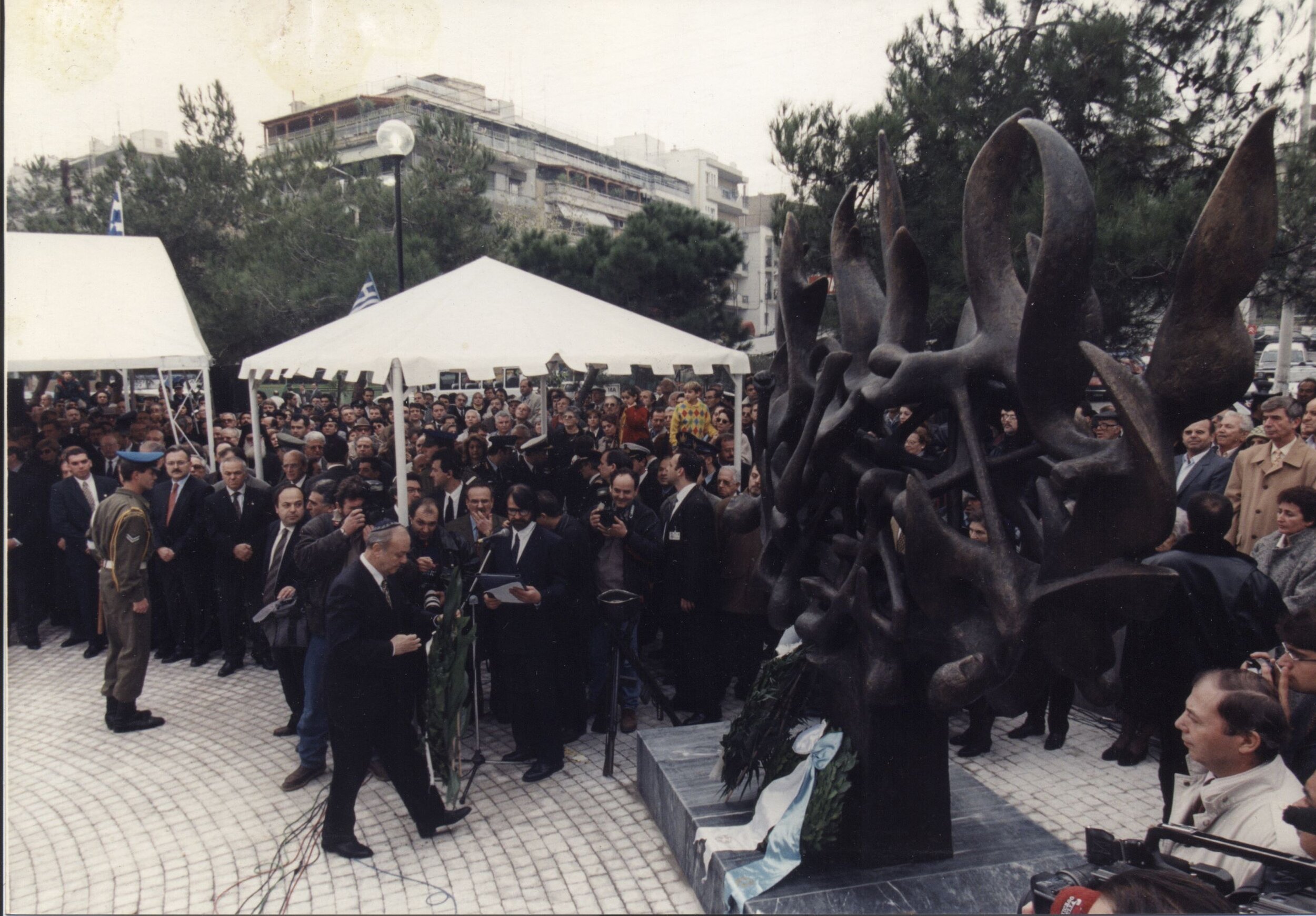
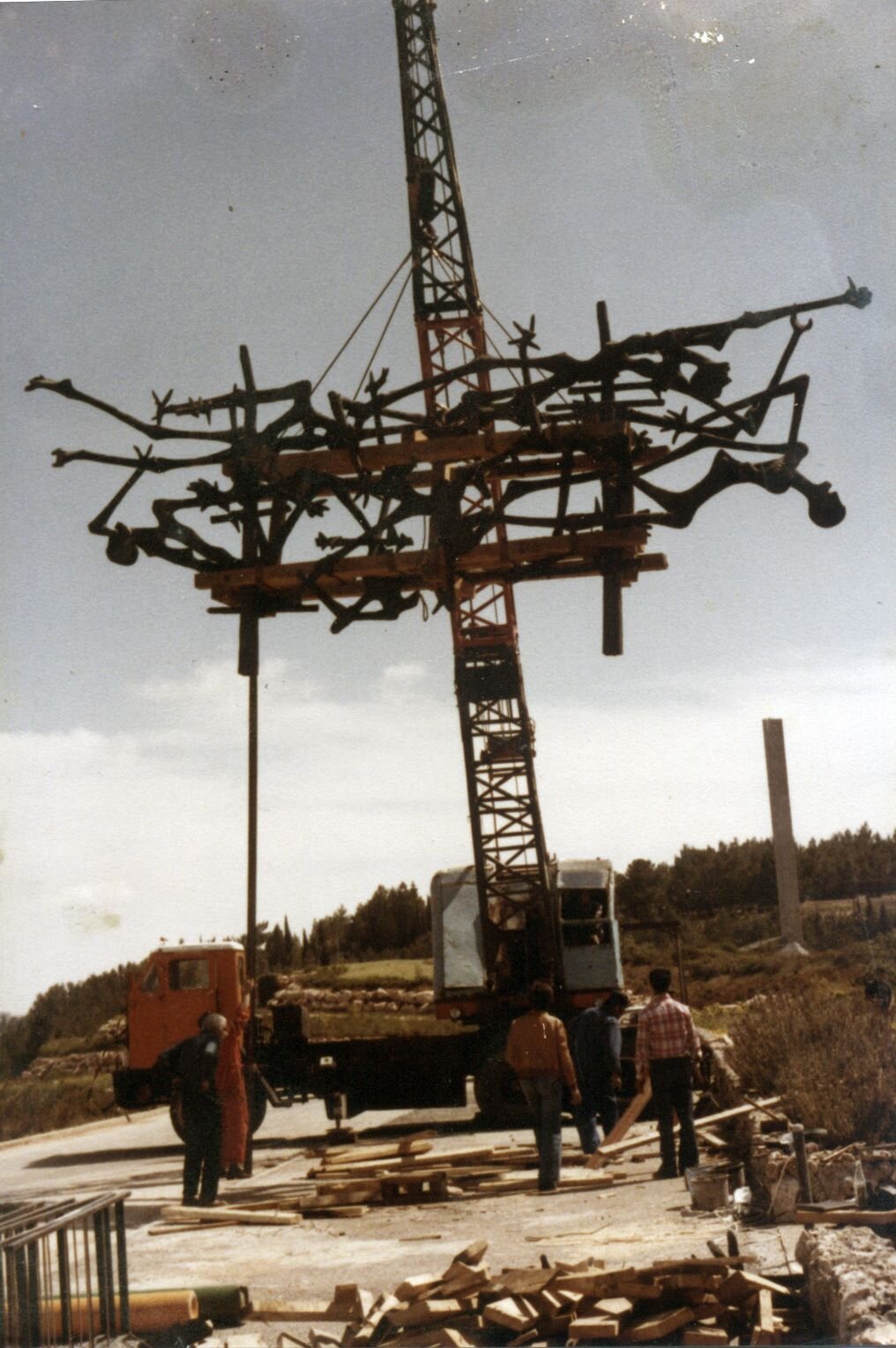
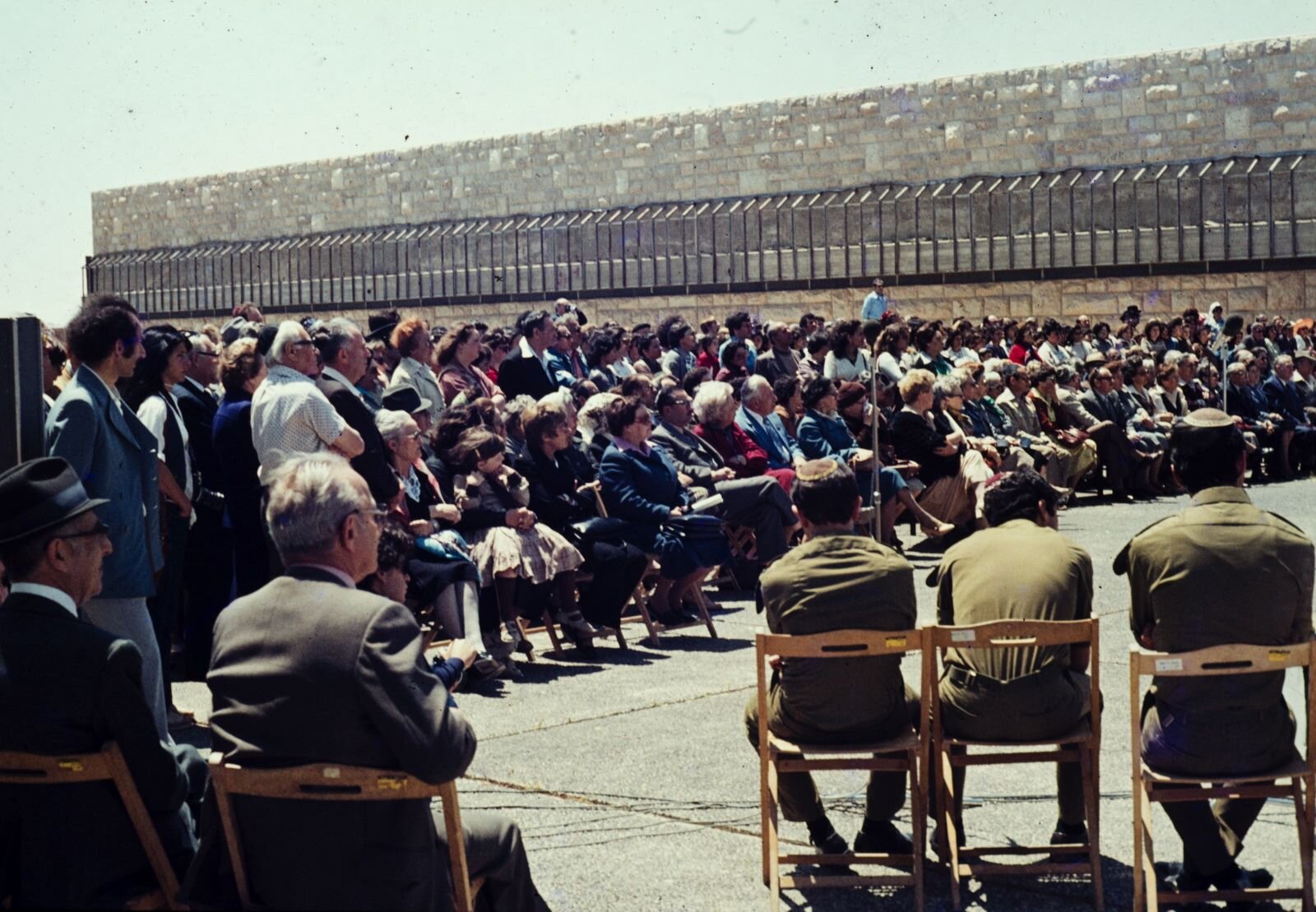
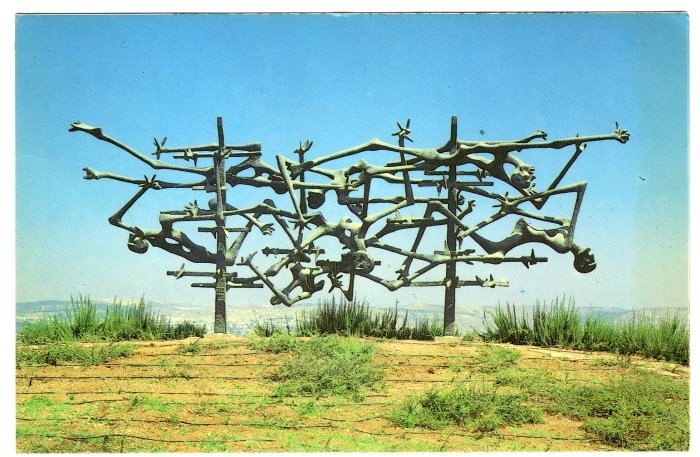
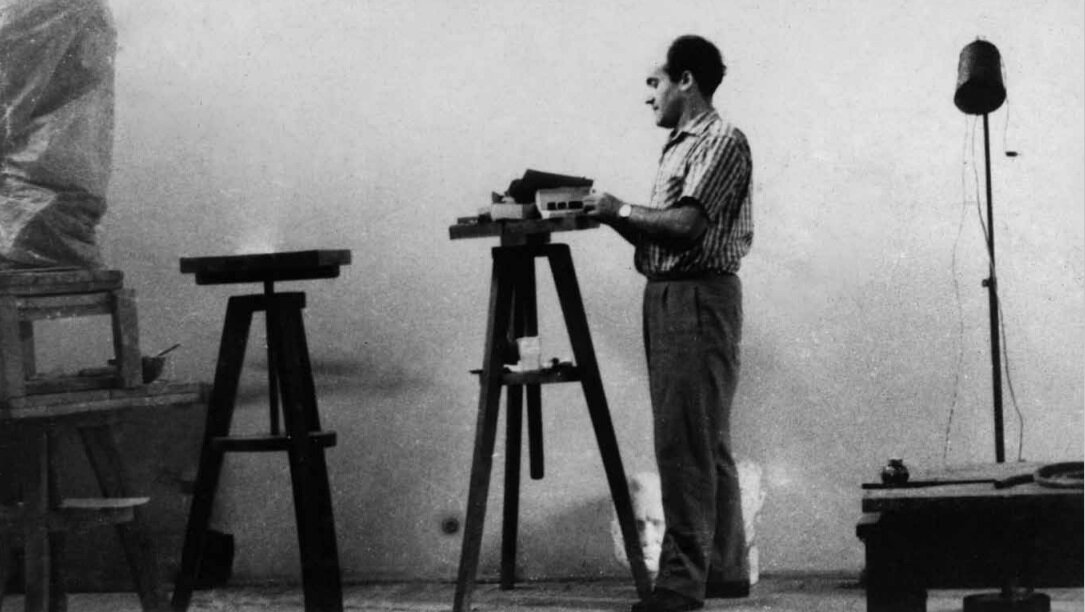

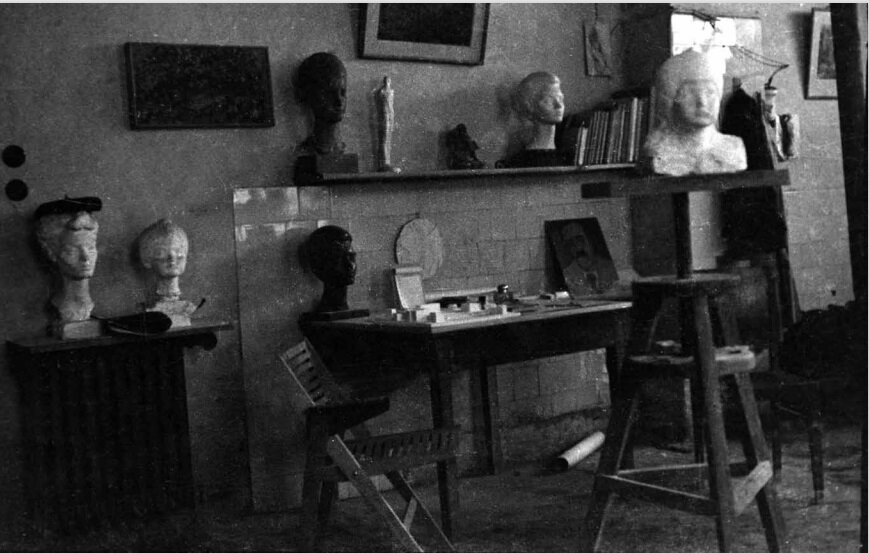
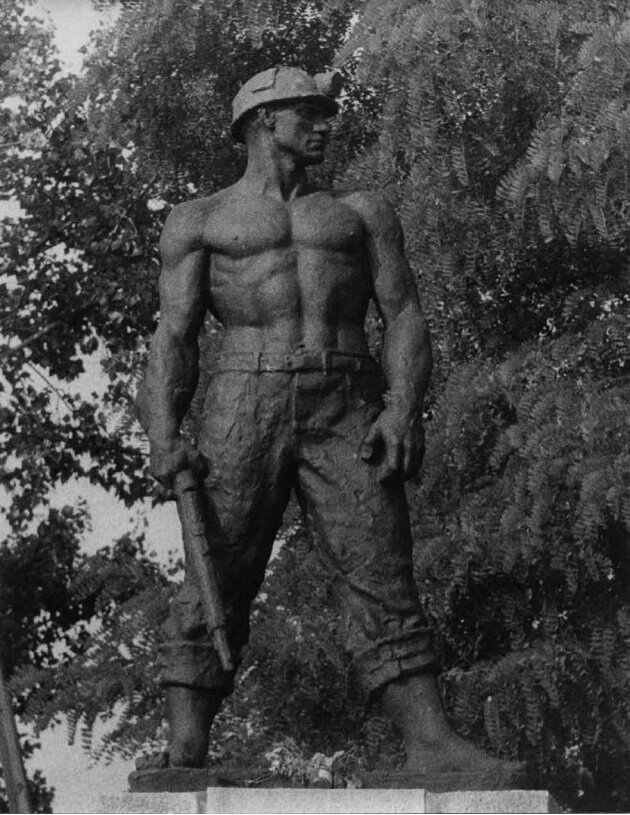


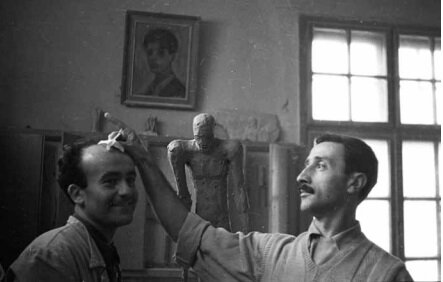
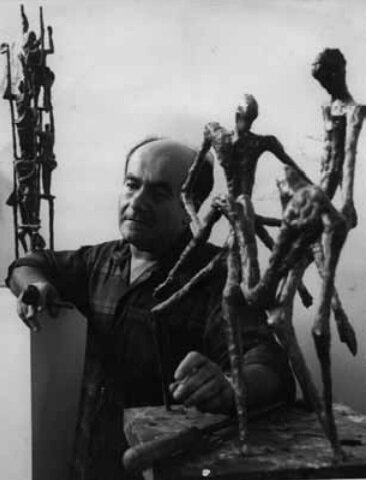
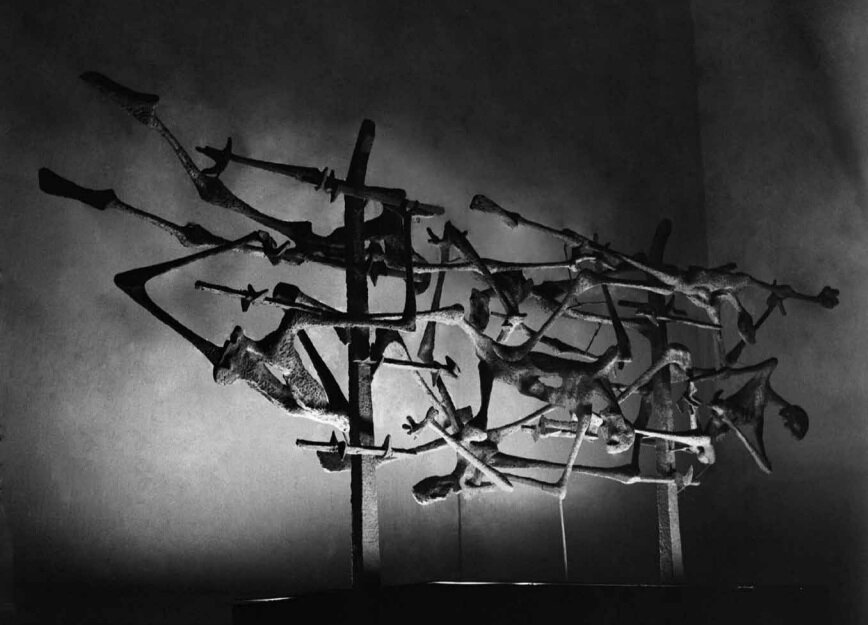
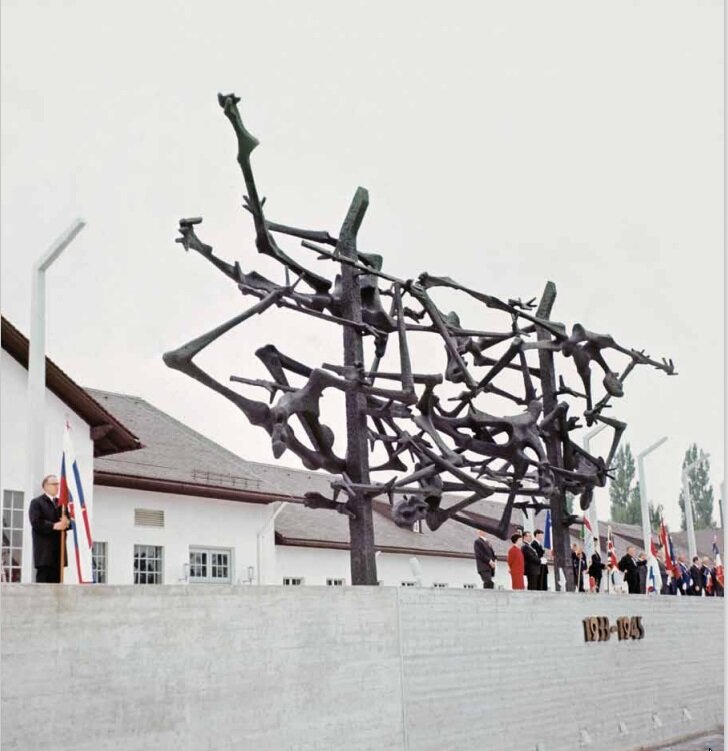


Medium: Bronze
Size: 20" x 7.1" x 4.3" (51cm x 18cm x 11 cm)
Year: 1976